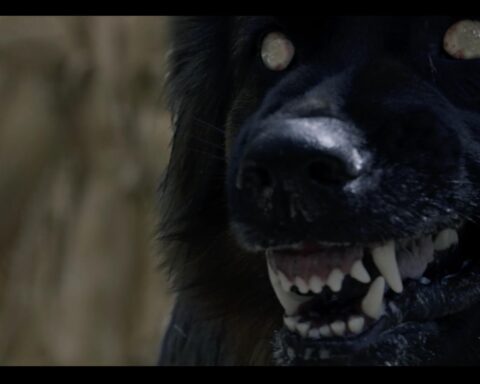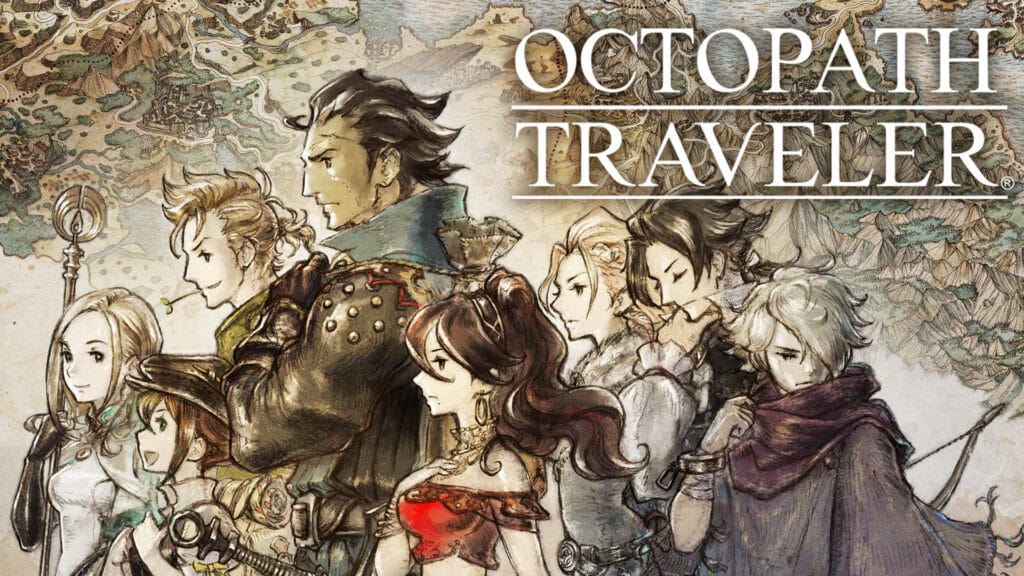Released in 2010, Deadly Premonition has long held a peculiar place in the gaming world. It’s a title that, by most traditional metrics, could be considered deeply flawed, yet it has garnered a devoted cult following and carved out a niche as one of the most unique and memorable games ever made. In 2019, the game found a new audience with its release on the Nintendo Switch, cementing its legacy among those who appreciate games that defy easy categorization.
In this article, we’ll delve into the distinctive world of Deadly Premonition, examining its narrative, gameplay mechanics, and the thematic richness that makes it a fascinating case study in interactive storytelling—flaws and all.

The Narrative: A Lynchian Odyssey of Murder and Mystery
At its core, Deadly Premonition is a detective thriller with supernatural overtones. The story follows FBI Special Agent Francis York Morgan as he investigates the brutal murder of Anna Graham in the rural town of Greenvale. It’s a plot structure that, at first glance, feels like a typical murder mystery in the vein of Twin Peaks, a comparison the game has often invited. However, beneath this facade lies a narrative that is far more bizarre and unsettling.
York is no ordinary protagonist. Throughout the game, he engages in conversations with “Zach,” an unseen companion whom he consults for advice, though it becomes increasingly unclear whether Zach is real or a manifestation of York’s fractured psyche. This ambiguity sets the tone for a story where reality itself seems to bend, and the lines between sanity and madness blur. The player is frequently thrown into surreal dreamscapes populated by disturbing entities, forcing York to navigate not just a physical investigation, but a metaphysical one.
What makes the narrative compelling is its embrace of the weird and the unknown. The townspeople are eccentric to the point of absurdity, yet they exhibit moments of startling depth. Dialogue shifts unpredictably between mundane small talk and cryptic references to darker forces at play. The pacing is unconventional, mixing moments of intense horror with long stretches of day-to-day life in Greenvale, such as fishing or engaging in side quests. This rhythm mimics the ebb and flow of real-life investigation, giving players an experience that feels immersive and unpredictable.
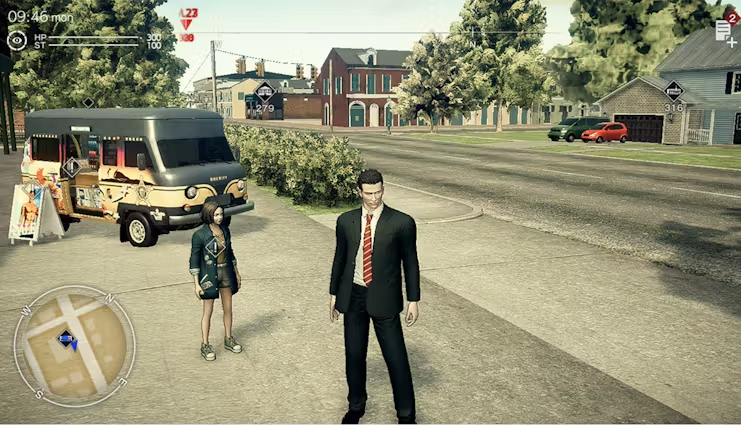
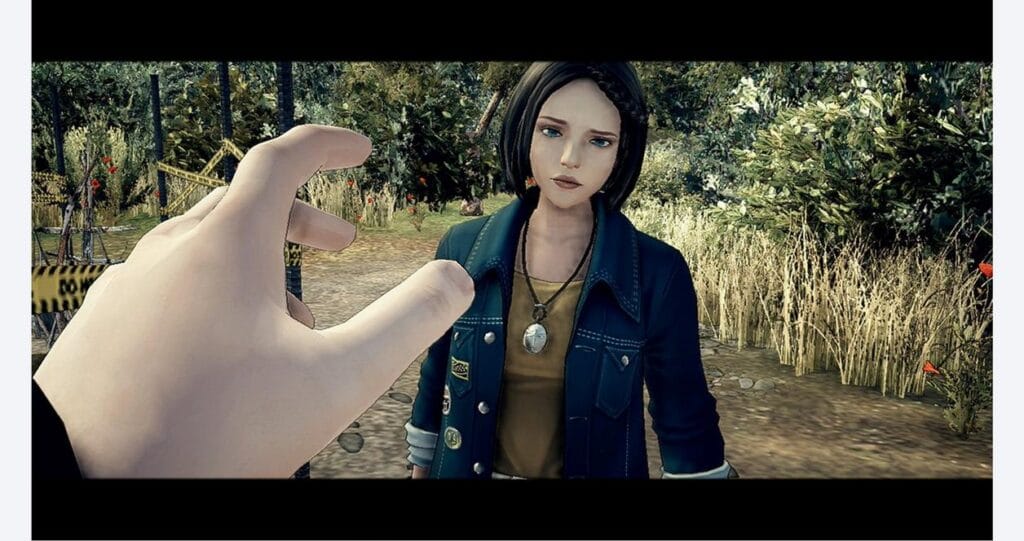
Gameplay: A Jarring Marriage of Genres
If the story of Deadly Premonition is surreal and engaging, the gameplay presents a more challenging experience for many. The Switch port remains faithful to the original in this regard, warts and all. It’s a survival horror game at its heart, but one that borrows heavily from open-world exploration games and RPG mechanics.
Players navigate Greenvale, a sprawling map filled with mundane activities, combat sequences, and investigation tasks. The town is fully explorable, with side missions that range from bizarre to poignant. For instance, you might find yourself delivering items to quirky townsfolk or racing against the clock in strange, low-stakes challenges. These moments, which might seem banal in other games, contribute to the peculiar charm of Deadly Premonition by emphasizing the contrast between York’s bizarre FBI persona and the sleepy, off-kilter rural life of Greenvale.
However, Deadly Premonition suffers from several technical issues, some of which were carried over to the Switch. Controls can feel clunky, and combat—against both human and supernatural enemies—has been criticized for being unresponsive and imprecise. The driving mechanics, which are central to traversing Greenvale, are awkward at best. The frame rate frequently dips during more intense sequences, particularly on the Switch’s handheld mode. To modern gamers accustomed to polished AAA titles, these issues can be jarring.
Yet, it is precisely these rough edges that contribute to the game’s identity. In many ways, Deadly Premonition rejects the polish of mainstream games in favor of something more idiosyncratic and personal. The technical imperfections almost mirror the unbalanced emotional and psychological states of the characters, making the game’s world feel unhinged and unpredictable.

Themes and Subtext: The Duality of Reality and the Unseen
A significant part of Deadly Premonition‘s allure lies in its thematic depth, which intertwines with its gameplay and narrative to create an intellectual and emotional experience for those willing to look beyond surface-level oddities.
At its core, the game is about duality. This theme manifests in both the macro and micro elements of the game. On a macro level, Greenvale itself is a town that mirrors this duality: it’s outwardly peaceful, yet bubbling with a hidden darkness. The murder of Anna Graham is not just an isolated incident but a window into the corruption and evil that lies beneath the town’s placid surface. As York delves deeper into the case, he uncovers not just a conspiracy but a metaphysical clash between good and evil forces.
On a micro level, York’s relationship with Zach embodies this duality. Their dynamic raises questions about mental health, trauma, and the fragmentation of identity. Is Zach a coping mechanism, a manifestation of York’s dissociative state, or something more supernatural? The game never provides a definitive answer, leaving players to grapple with their interpretations.
Moreover, Deadly Premonition explores the idea of hidden truths, not just in the murder mystery but also in the characters’ lives. Each townsperson harbors secrets that reflect the game’s central motif of concealment and revelation. The player is constantly confronted with the tension between appearances and reality, a theme that is reinforced by the game’s dreamlike sequences and the unsettling design of its supernatural enemies.
The Switch version, with its portability, allows players to dip into these themes at their own pace, giving them the freedom to explore the town, engage with its eccentric inhabitants, and wrestle with the game’s broader metaphysical implications whenever and wherever they choose.

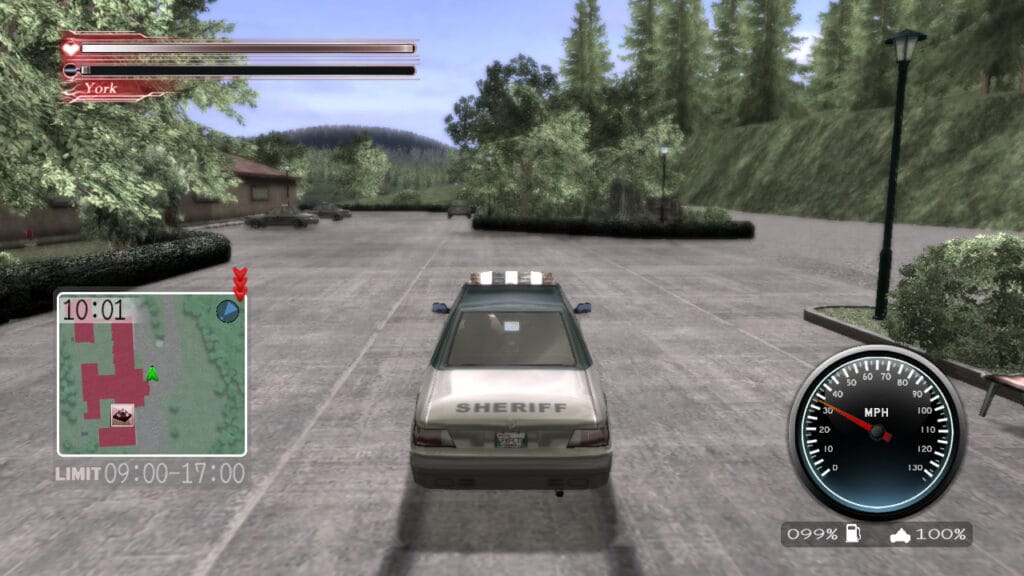
Aesthetic and Atmosphere: A Flawed but Unforgettable Vision
Deadly Premonition is not a visually stunning game, even by the standards of its original release, and the Switch version does little to change that. The character models are stiff, animations are dated, and textures can appear flat and unpolished. Yet, this lack of graphical sophistication paradoxically contributes to the game’s unsettling atmosphere.
The aesthetic straddles an uncanny valley between reality and artifice, much like the narrative itself. The town of Greenvale, with its misty forests, rain-soaked streets, and eerie abandoned buildings, evokes a sense of decay and abandonment that heightens the horror elements of the game. The ambient sound design, with its mix of jarring audio cues, dissonant musical choices, and moments of eerie silence, reinforces the sense that something is perpetually off-kilter.
And then there is the music. The soundtrack, composed by Riyou Kinugasa, is both eclectic and deeply memorable. Tracks swing from upbeat jazz tunes that feel completely at odds with the horror narrative to somber, haunting melodies that underline the game’s darker moments. This juxtaposition is jarring but effective, contributing to Deadly Premonition‘s dreamlike atmosphere, where the ordinary and the terrifying coexist in uneasy harmony.
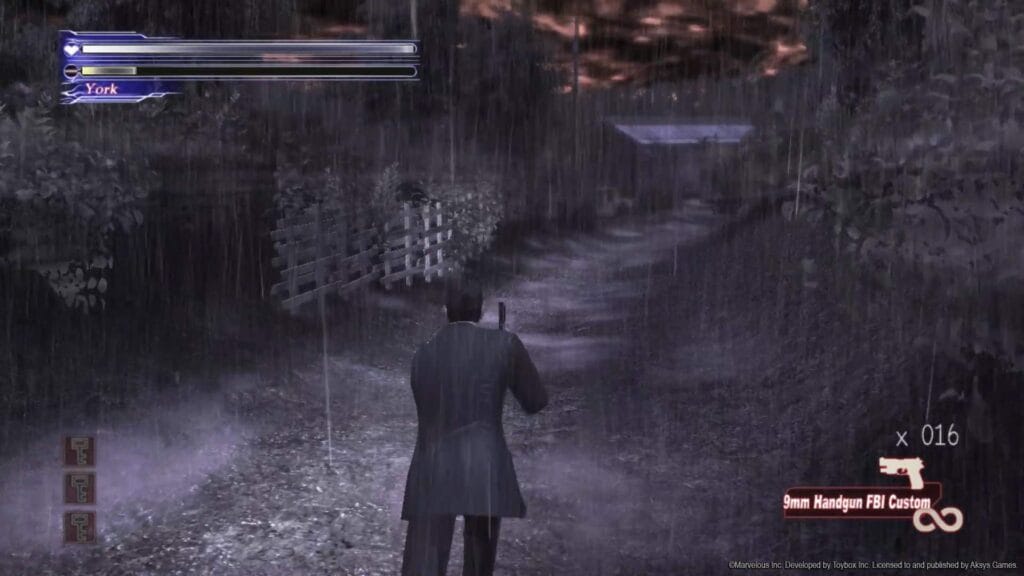

A Masterpiece of Imperfection
To call Deadly Premonition a “bad” game would be to ignore the complexity and uniqueness it brings to the table. It is a deeply flawed experience, from its technical issues to its disjointed pacing, but it is also an immensely rewarding one for players willing to embrace its peculiarities. The Nintendo Switch port brings this cult classic to a new generation, with all of its idiosyncrasies intact.
For those who value narrative depth, thematic complexity, and a sense of intellectual engagement over technical refinement, Deadly Premonition on the Switch offers an unforgettable journey into the bizarre. It’s not a game for everyone, but for those it resonates with, it’s nothing short of a masterpiece of imperfection—one that stands as a testament to the power of games to challenge, provoke, and bewilder in ways that few other mediums can.

